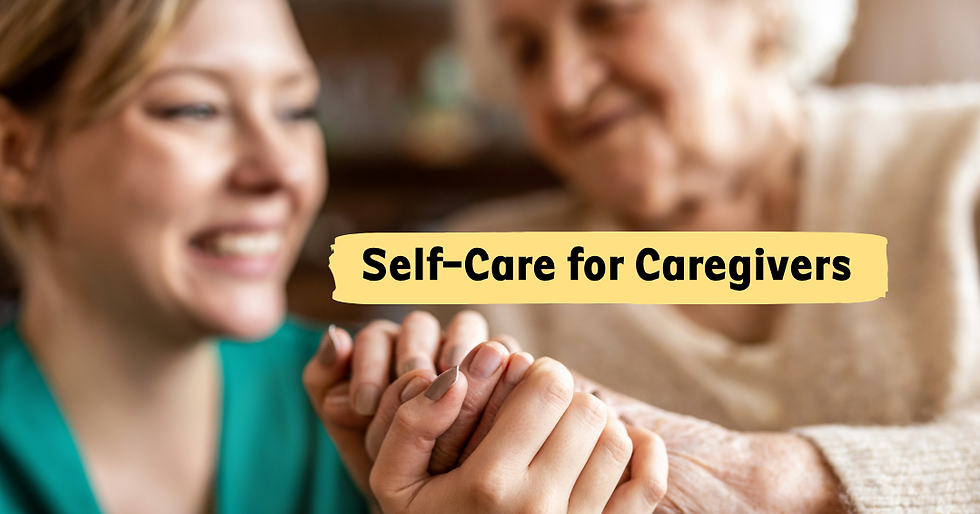Assertive Communication – What it is and what it’s not.
- Kate Burie
- Jul 28, 2023
- 3 min read
Updated: Jan 29
You may struggle with the idea of being able to assertively communicate. However, this is the healthiest form of communication. It requires you to know yourself and what you really want and need first – then it requires the ability to verbally communicate to any and everyone.
To be assertive means expressing your point of view clearly and direct while still respecting others. It helps to minimize conflict, control anger, have your needs met, and create more positive relationships.
Assertiveness is and is not passive or aggressive.
Aggressive communication forces need and opinions on others while
Assertive communication expresses your needs clearly but respectfully.
Aggressive communication often involves bullying or pushing others around.
Assertive communication involves treating others with respect.
Aggressive communication comes across like only your needs matter.
Assertive communication considers the needs of others as well as yours.
Aggressive communication offers no compromise.
Assertive communication offers a compromise.
Aggressive communication damages relationships.
Assertive communication strengthens relationships.
Aggressive communication may lead to shouting or physical aggression.
Assertive communication uses clear language to get the point across.
Aggressive communication damages self-esteem.
Assertive communication builds self-esteem.
A real-life example:
Imagine you are standing in line at the bank and someone else pushes in front of you.
An aggressive response could be to grab them by the shoulder and say loudly: “Hey! What makes you so important that you don’t have to wait in line like the rest of us?”
This might make you feel better in the short term, but you will probably also spend the rest of the hour feeling annoyed about the interaction.
Perhaps the other person will shout back at you and the situation will get even worse, really leaving you in a bad mood.
A more assertive response could be to gently tap the person on the shoulder and say in a clear but respectful voice: “Excuse me; there is a line here. It would be better if you could wait your turn like the rest of us.”
Chances are you will get a more positive response to this – perhaps the other person will apologize and move to the back of the line, or they may explain their reason for wanting to push in and you may feel happy to do them this favor.
They may still respond badly – your assertiveness does not guarantee others will not be aggressive – but at least you will feel good knowing that you did your best and used assertive communication.
Assertiveness is not passive communication.
Passive communication looks like this:
not speaking up for yourself, either because you think your views don’t matter or for reasons like trying to please everyone or ‘keep the peace'
putting your needs last to the needs of others
allowing yourself to be bullied or ignored
speaking quietly or with a hesitating voice, or with body language like looking at the floor or shrugging the shoulders
undermining your opinions with passive phrases such as “only if you don’t mind” or “but it really doesn’t matter that much to me”
Passive communication can be damaging to your self-esteem, and to relationships.
If you use a passive communication style, others are more likely to ignore your needs, which may leave you feeling hurt or even angry with them for not treating you better.
Assertive communication is the halfway point between passive and aggressive. A balanced approach.
Here are some tips for practicing being assertive:
State your point of view or request clearly.
Tell the other person how you feel as honestly as you can and remember to listen to what they say as well.
Think about the tone and volume of your voice – how you say it is as important as what you say. Speak at a normal conversation volume, rather than a shout or whisper, and make sure that you sound firm but not aggressive.
Make sure your body language matches – your listener will get mixed messages if you are speaking firmly while looking at the floor. Try to look the other person in the eye, stand tall, and relax your face.
Try to avoid exaggerating with words like always and never. For example, “You are 20 minutes late, and it is the third time this week” rather than “You are always late!”.
Try to speak with facts rather than judgments. For example, “This report has important information missing” rather than “You have done a bad job again”.
Use ‘I statements’ as much as possible, to tell the other person how you feel, rather than be accusing. For example, “When you leave your dishes on the table, I feel frustrated because I don’t like the mess but don’t want to clean it up for you” rather than “You’re such a pig!”.
Practice often – assertiveness is a skill that requires you to practice in many different situations. Don’t forget to praise yourself for your good efforts.
Used from: https://www.healthywa.wa.gov.au/Articles/A_E/Assertive-communication





Comments